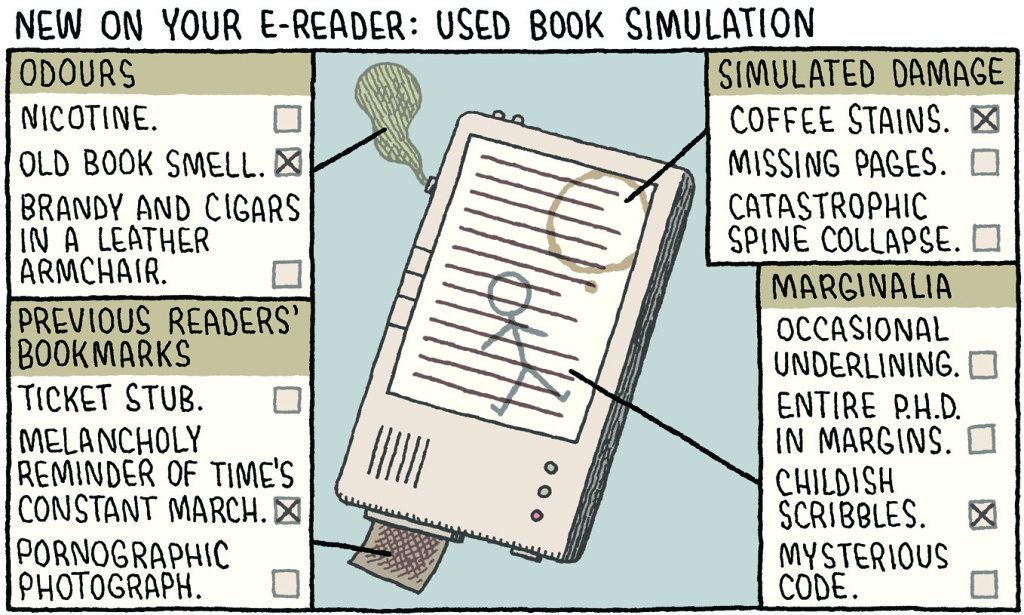Merriam-Webster Unabridged is the largest, most comprehensive American dictionary currently available in print or online. It is built on the solid foundation of Webster’s Third New International Dictionary, Unabridged and is the best source of current information about the English language.
We are actively engaged in creating an entirely new edition of the Unabridged, and new and revised entries and usage content will be added to the site on a continuing basis.
…
Merriam-Webster Unabridged includes rich, clear definitions and more usage information than ever before. Definitions have been enhanced with over 123,000 author quotations. Supplementary notes provide additional context, and usage paragraphs offer clear guidance and suggestions for words with confused or disputed usage. Dates of first known use are being added, and editorial style changes are being made throughout the dictionary to make entries more readable and easier to understand.
Continue reading “Merriam-Webster Unabridged”

